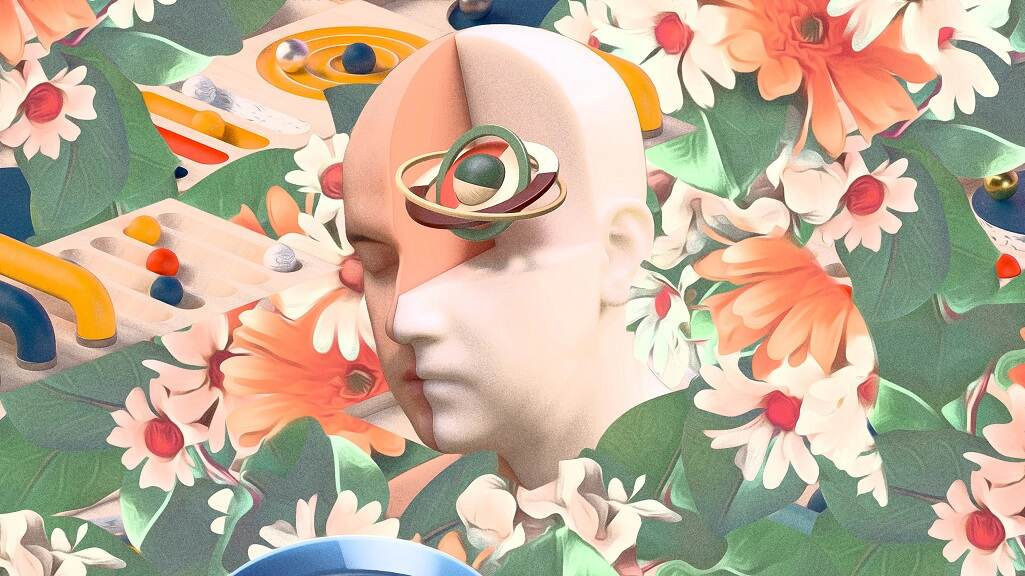- | 8:00 am
The movie ‘Poor Things’ features the year’s most imaginative sets. Here’s how they designed them
Yorgos Lanthimos’ latest film is as vivid as a painting. Thank the flim’s set designers.
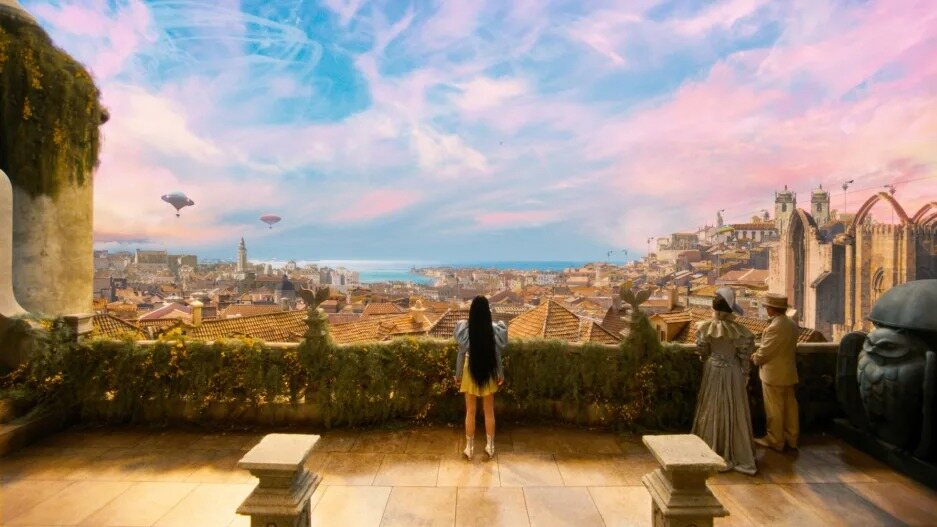
Yorgos Lanthimos’ latest film Poor Things, based on Alasdair Gray’s 1992 novel of the same name, follows Bella Baxter (played by Emma Stone), a young woman brought back to life by brilliant and unorthodox surgeon, Dr. Godwin Baxter (played by Willem Dafoe), who live together in a secluded mansion in England. As Bella begins to develop and becomes more curious about the world around her, audiences are taken on a journey through the heroine’s eyes.
When viewers first meet Bella, she’s in her London home, a whimsical and strange place full of mismatched decor and oddities like Godwin’s makeshift contraptions, and unconventional pets like a chicken’s body with a bulldog’s head attached. Soon, though, she ventures off into the real world, traveling from Lisbon, Portugal, to Alexandria, Egypt, and Paris, France. Through the eyes of Bella, these locales begin as dazzling and brightly colored new worlds before slowly morphing into somber and darker surroundings as the harsh realities of the real world settle in. The film’s wildly imaginative visuals are the product of intricate and extravagant sets, created by production designers, Shona Heath and James Price.
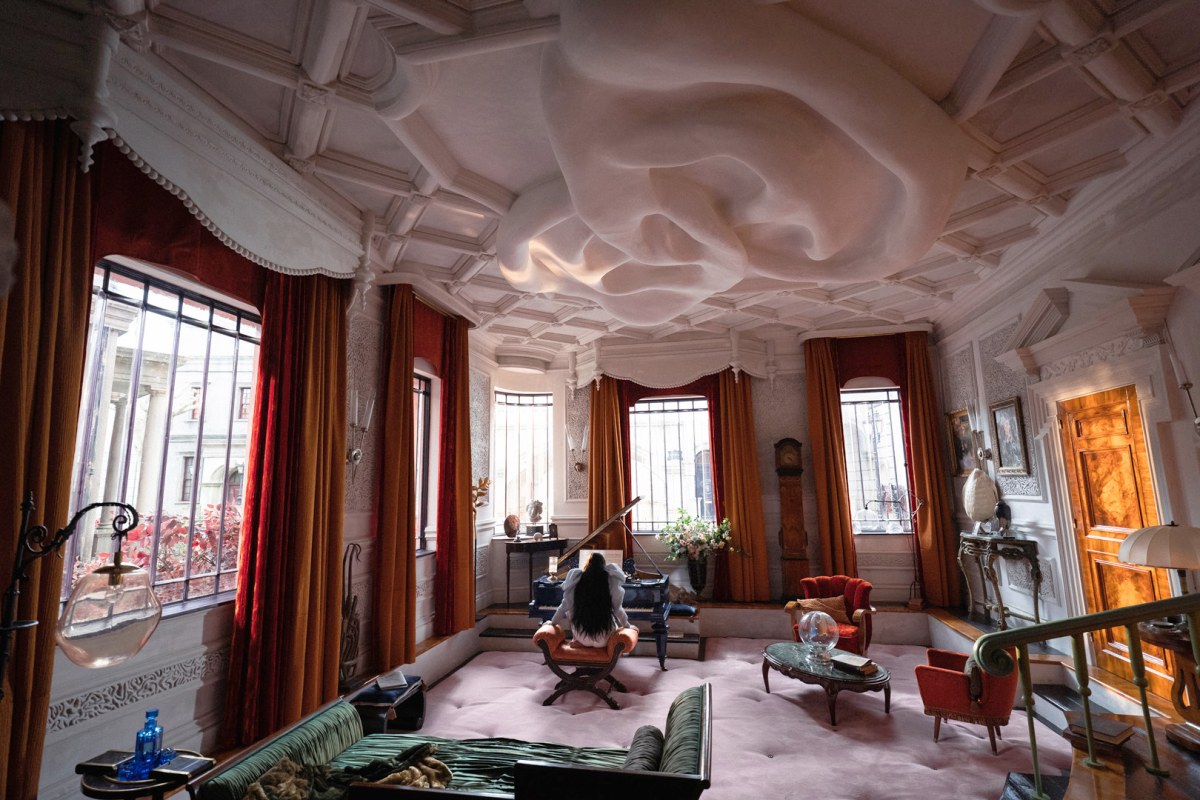
Lanthimos, who directed 2018’s The Favourite, is known for his distinct and surrealist filmmaking style inspired by the Greek Weird Wave movement, which often delves into absurdist and dystopian themes (see Lanthimos’ 2015 film, The Lobster). His use of deadpan and minimal dialogue gives more heft to his films’ visual representation, which include plenty of wide- and high-angle shots as well as close-ups of characters and props. For Price, who was the art director for Paddington 2, and Heath, who previously worked as a costume and production designer for various short films, Poor Things was their first Lanthimos film. The experience was unlike any other project they’ve ever taken on.
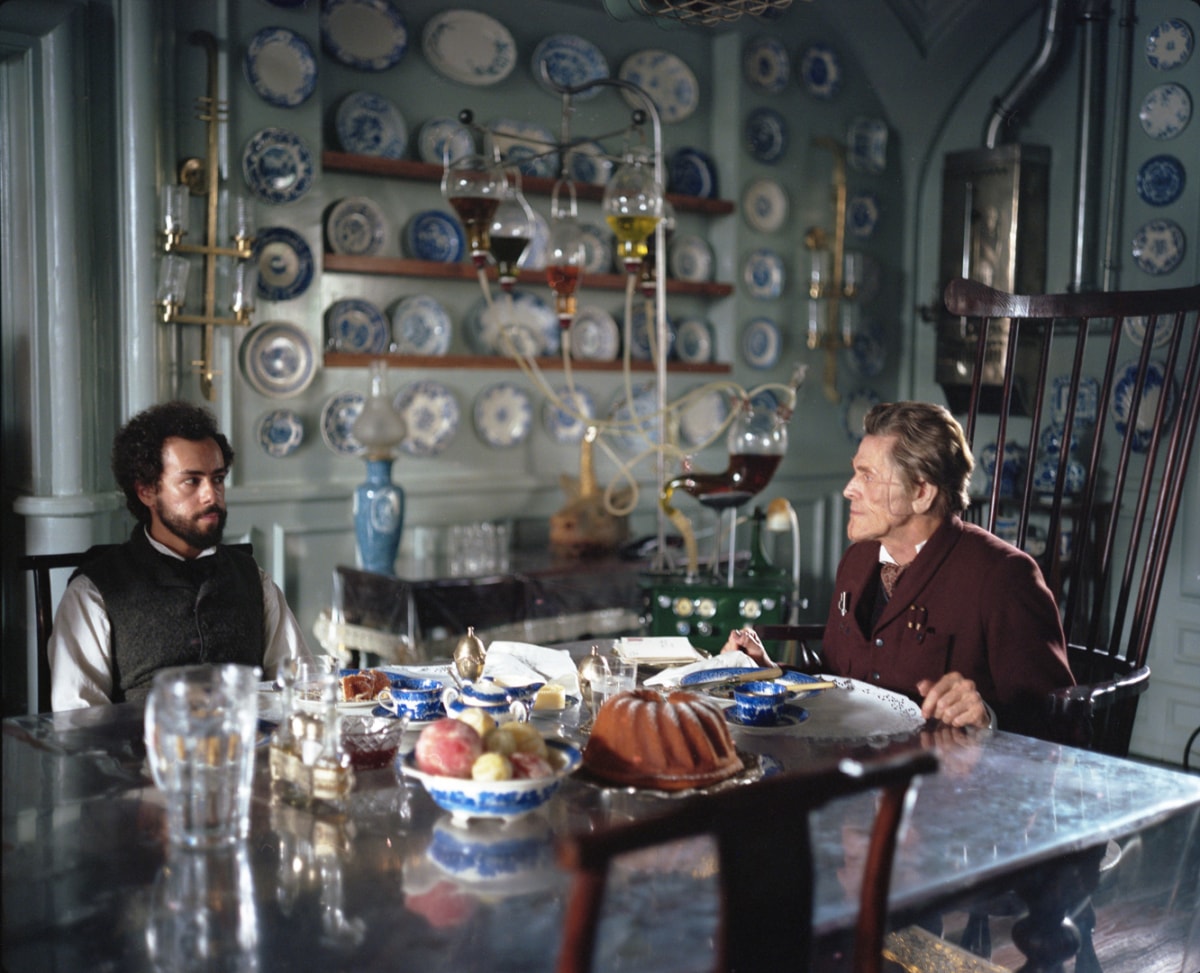
While Lanthimos’ previous films tend to take place in one location, or—like The Killing of a Sacred Deer—feature a more subdued, muted color palette, Poor Things is his most colorful and expansive to date, with varied settings spanning the globe, making it a more challenging production to tackle. When Heath and Price began building out the fantastical world of Poor Things, they started in London, where Bella is reborn and begins her own story. “We planted the seed by designing London [first], by designing the house, and then the street,” Heath tells Fast Company. “I suppose to design the house we had to really understand our characters and how [Godwin] would have designed the house around Bella since he was a maverick surgeon. His [Godwin’s] architectural ideas were already unusual, so we started there and grew London into this world.”

One of the film’s standout sets is Lisbon, Portugal, where Bella first steps foot outside of London. While the beginning of the movie is in black and white—the film transforms into a vibrant and technicolor dream world a la The Wizard of Oz-style after Bella leaves home. “Bella goes there and her mind is open and she sees through the rainbow glasses,” Heath says.
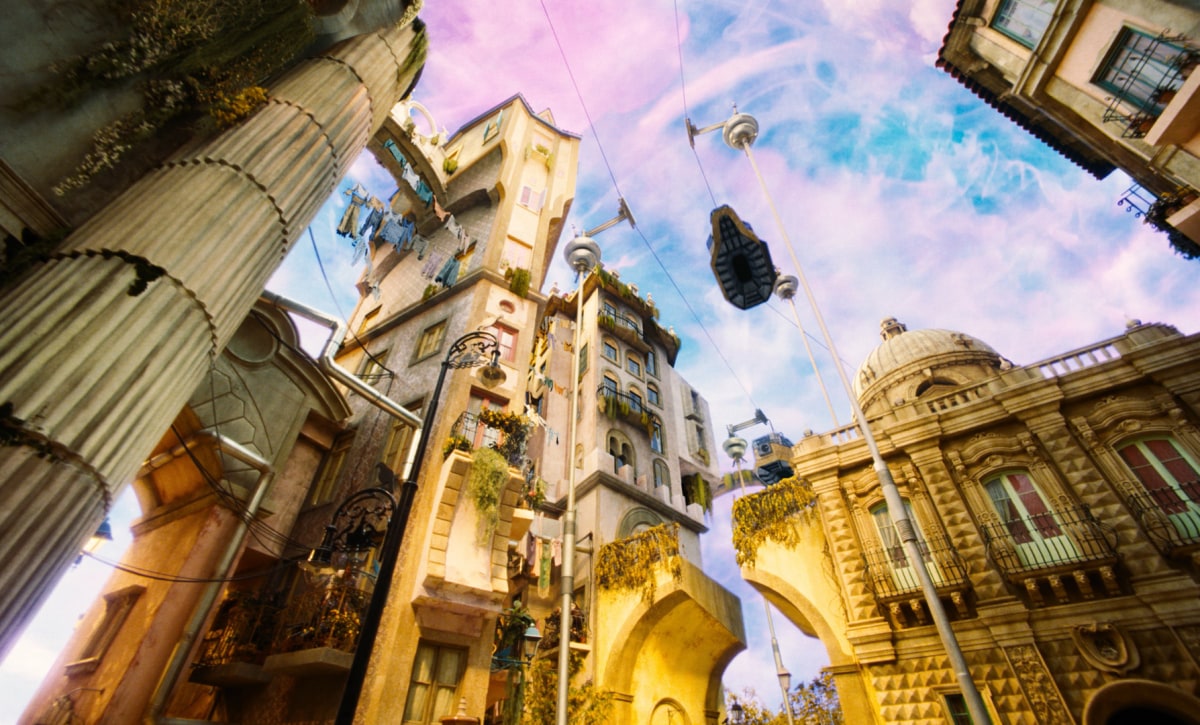
The pair recreated the city of Lisbon in Korda Studios in Etyek, Hungary, which features an exceptionally large soundstage that spans 64,310 square feet. They used every square inch of the studio, expanding the set to where it touched the ceiling and sides of walls. The design team began constructing Lisbon at the waterfront, using a massive water tank filled with water. From there, they worked their way back toward Bella’s hotel before moving onto the next block. Every block of buildings was built from the ground up using steel structures, with each building finished off and individually painted and aged to look like an older, quaint European city. They also put raised platforms in the buildings, which had undulating levels, to create the experience of going up and down the streets. To stop the echoing, Price said they soundproofed everything, which was an involved process of using timber and concrete, poured and stamped on all of the individual bricks and cobblestones, and painted over with pastel colors. Finally, a backdrop about 180 feet long and 60 feet high was painted to create the illusion of blue skies.

Price compared the Lisbon set to an immersive theme park, adding that it took about half an hour to walk around the whole set. “It was almost like Westworld,” Price said. “You go into that stage and you wander around, and you could go into the oyster restaurant and have oysters, and you could go into the dive bar.”

While the rest of the sets aren’t nearly as large as Lisbon, Heath said each required a similar approach to visual details. “We were trying to contrast Lisbon with London, and each time she traveled to a different city, we would do that,” Heath said. “Quite often, we started with a painting for each city to give us a feeling. Lisbon was sort of dusty and magical and a bit candy sweet, while Paris was sort of cold and beautiful like a [Edgar] Degas painting.”

Price says he and Heath wanted the film to feel like each new setting that Bella stepped in was parallel to her growth, sexual awakening, and self-discovery. “She’s in love and experiencing a lot of things for the first time, like when you go to college,” Price says. “She eventually experiences the harsh reality of the world, so there was a moment when we needed to juxtaposition the whole grandeur of opulence to show that the world isn’t such a great place, and that everyone isn’t equal, and that continues in Paris with her getting into socialist values.”
While some have already made comparisons with Poor Things as Frankenstein with a twist, Price said they wanted to construct an aesthetic that felt entirely new and unlike anything audiences have ever experienced before, which not only speaks to Bella’s own transformation, but to Price and Heath’s journey of working together on their first Lanthimos film. “We wanted to try to create something that would be original, which is really hard to do in today’s world that we live in because so much has been done before,” he said.















